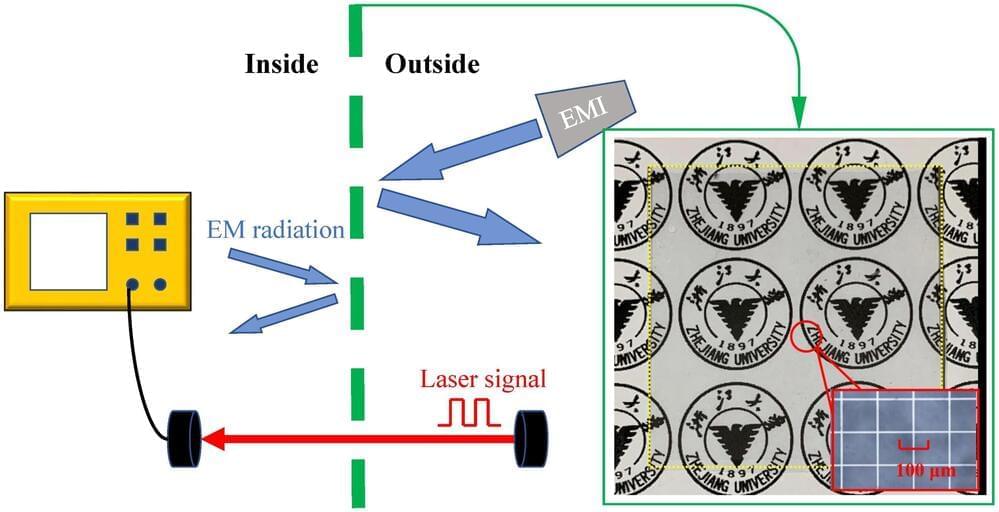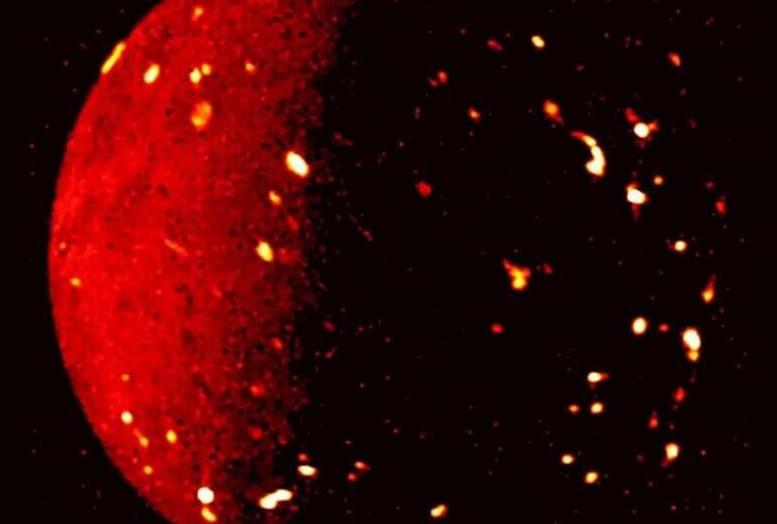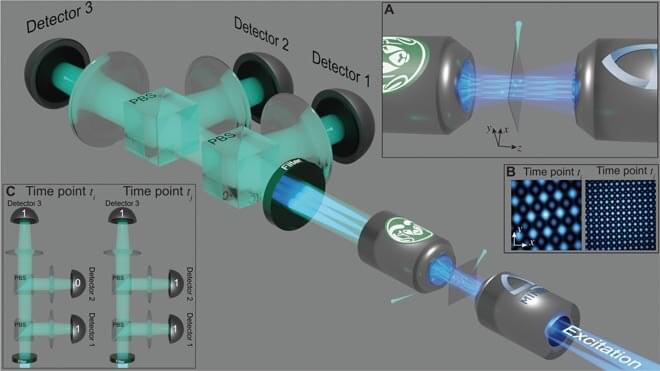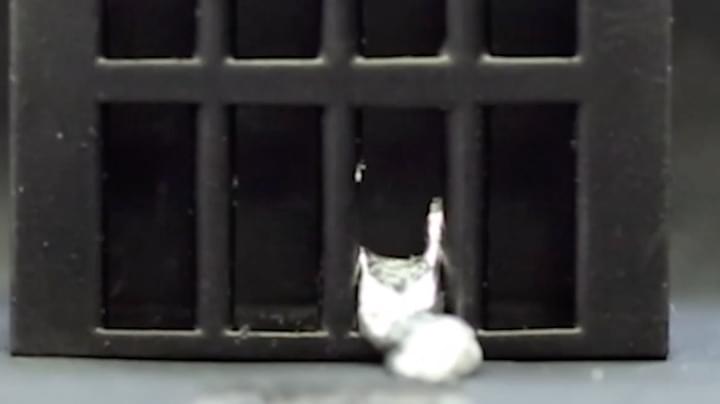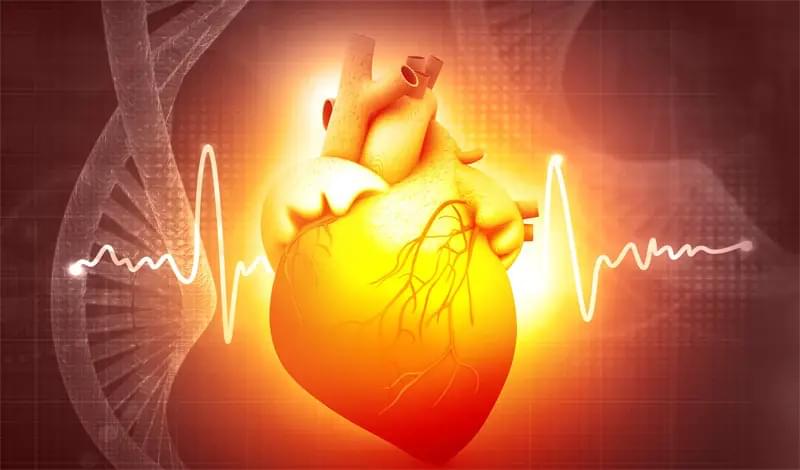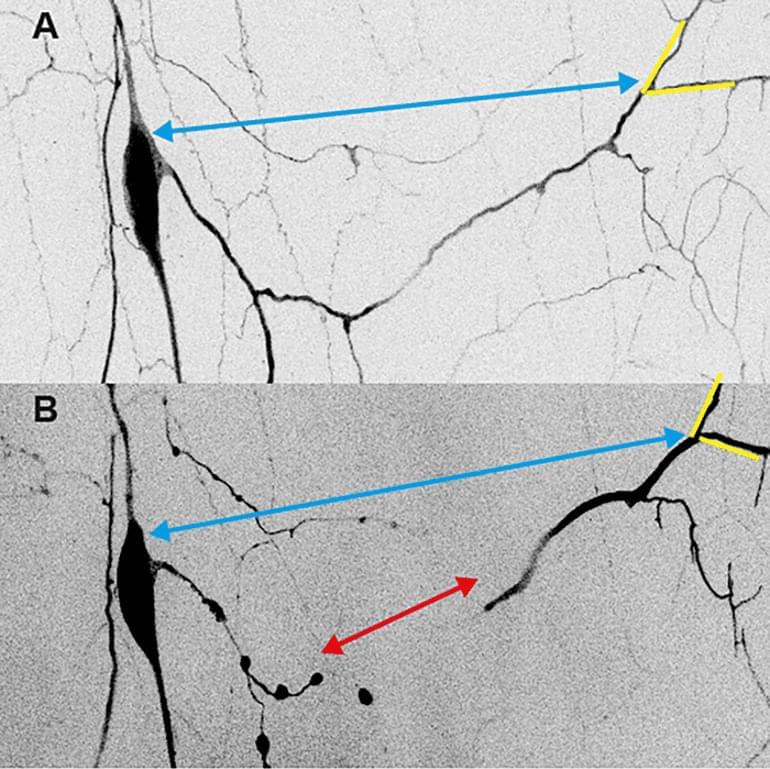Researchers have experimentally demonstrated, for the first time, a mechanically flexible silver mesh that is visibly transparent, allows high-quality infrared wireless optical communication and efficiently shields electromagnetic interference in the X band portion of the microwave radio region. Optical communication channels are important to the operation of many devices and are often used for remote sensing and detection.
Electronic devices are now found throughout our homes, on factory floors and in medical facilities. Electromagnetic interference shielding is often used to prevent electromagnetic radiation from these devices from interfering with each other and affecting device performance.
Electromagnetic shielding, which is also used in the military to keep equipment and vehicles hidden from the enemy, can also block the optical communication channels needed for remote sensing, detection or operation of the devices. A shield that can block interference but allow for optical communication channels could help to optimize device performance in a variety of civilian and military settings.
